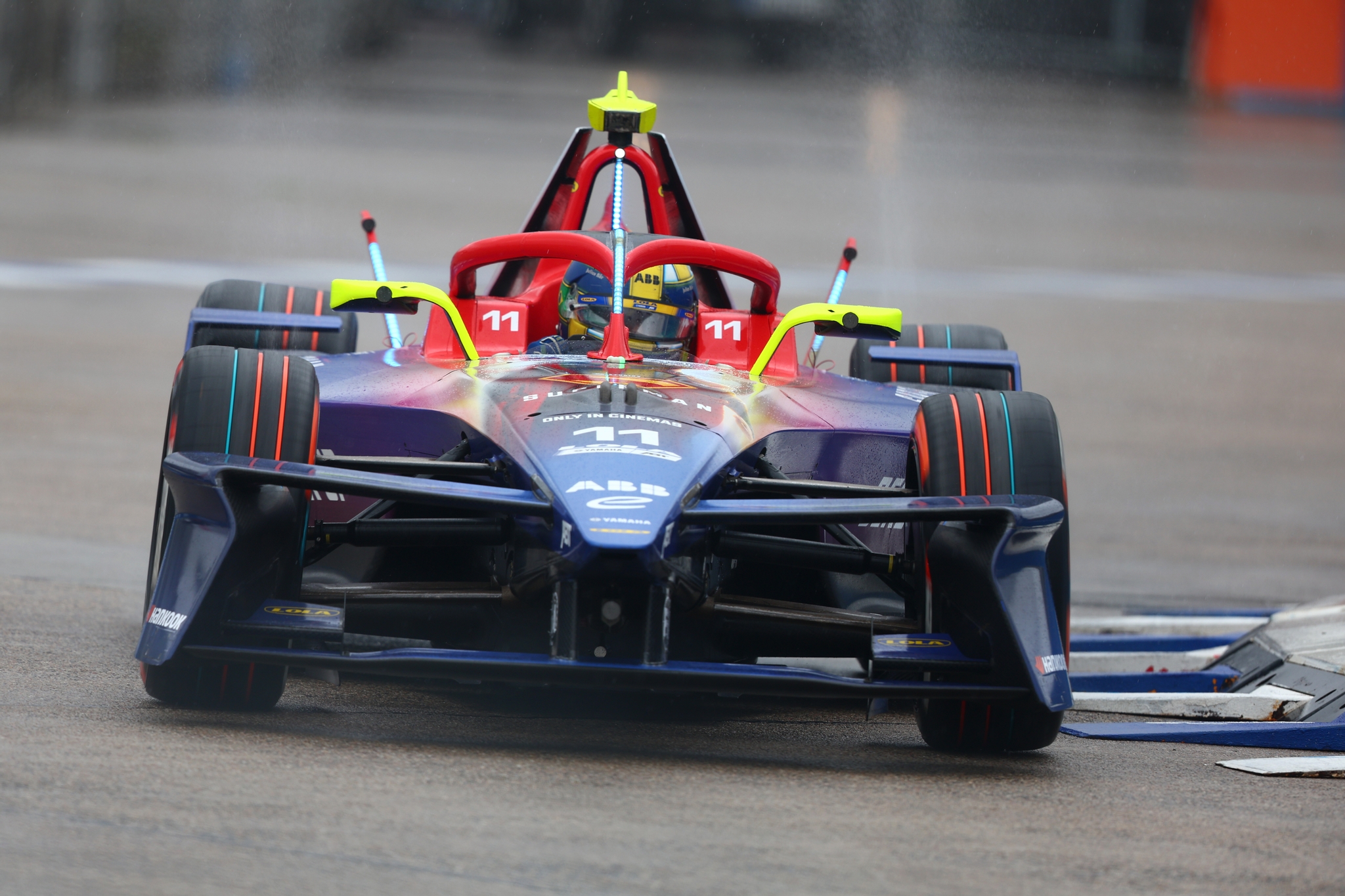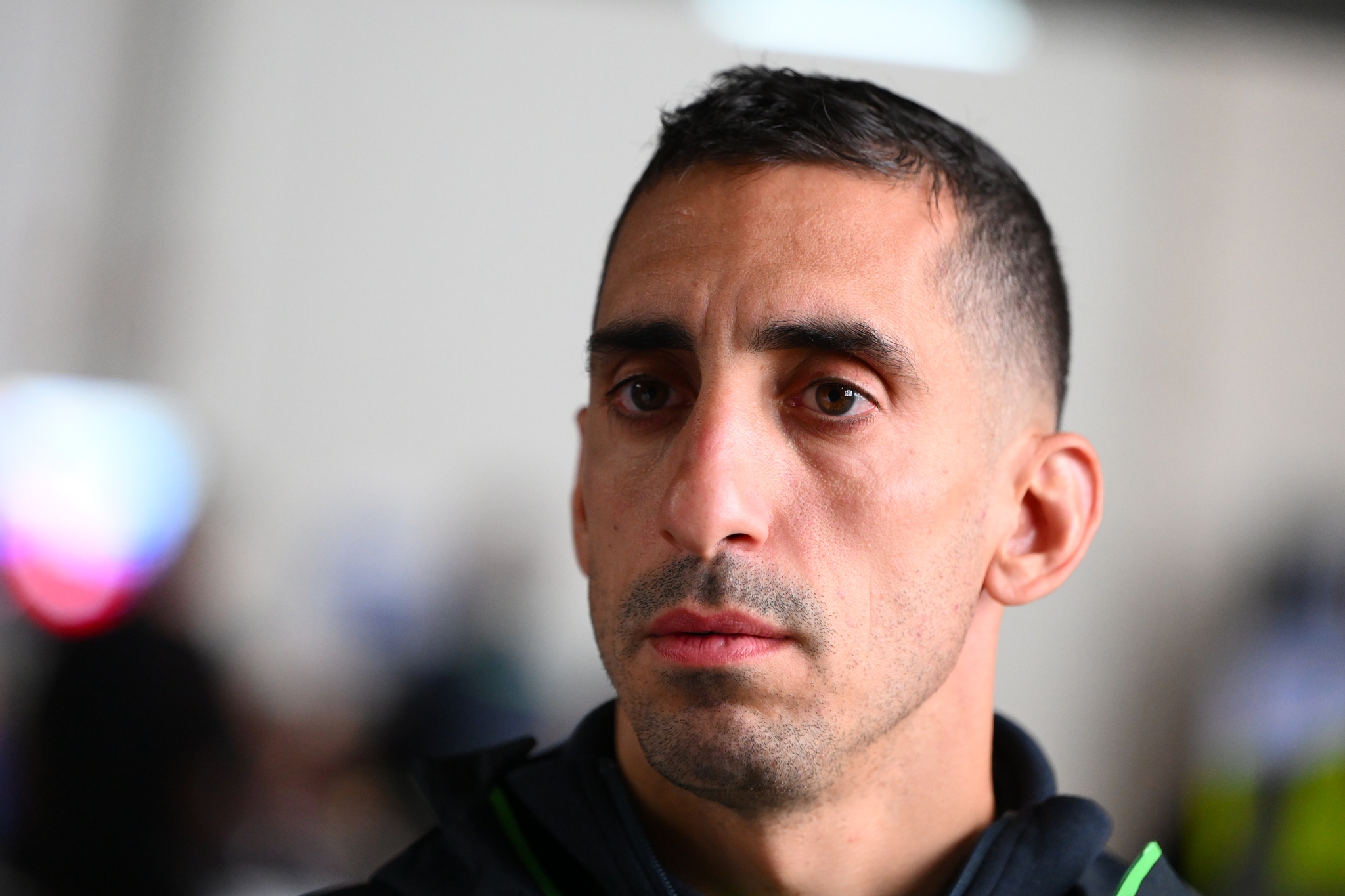
Photo Credit: Mercedes-AMG Petronas F1 Team
After a bad start to the season, Mercedes has decided to abandon the concept of the ‘zero pod’ car, changing the shape and, hopefully for them, the performance of the car with the arrival of profound upgrades on the W14 at the Monaco GP. Updates that affect various areas: floor, front suspension and sidepods.
For Mercedes, the start of the 2023 season was complex and lower than winter expectations. As happened 12 months ago, in fact, the Brackley team produced a slow, complicated and difficult to understand car which, with data in hand, prevented the British team from returning to fight for poles and victories as hoped, relegating it instead to the role of third force in the field.
A situation which in recent months has caused several problems for the Brackley technical staff, directed by James Allison and Mike Elliott, in understanding the correct development direction to take: abandoning the concept of the ‘zero pod’ car or continuing to believe in W14. A direction which, as you know, has led to the farewell of the current concept of car to get closer to that of rivals. A radical change, the fruits of which were clearly visible today inside the Mercedes garage in Monaco.
As announced, the W14 has been deeply revised (and hopefully improved if you are a fan of Mercedes) in many areas.
However, there are also some hidden innovations, given that many other components have been revised since the black arrow was also subjected to a slimming diet (about 3 or 4 kg), useful both for returning to the weight limits imposed by the regulation and for having performance benefits and balancing.
Undoubtedly, the most evolved area compared to the past has been that of the sidepods where the upper wing that overlooked the rectangular radiator mouths has disappeared, or rather been incorporated. Now the entrances of the sides are larger and have a rounded shape, while the sides are sloping towards the rear area, with shapes similar to the Red Bull (but also McLaren, to be precise, given that unlike the RB19 there is no excavation in the lower area), with slits for the expulsion of hot air in the upper area where there is also a slight excavation.
Despite the different external forms, in terms of mechanics, Mercedes has decided not to intervene, leaving the entire cooling system unchanged.
What appears evident, however, is how much on the W14 the radiator vents are not, like other single-seaters, in a raised and useful position for feeding the floor with a large air flow (a choice perhaps dictated, indeed forced by the position of the cones anti-intrusion). Equally evident is the new front suspension that the engineers have installed on the single-seater.
Compared to the previous version, the engineers have maintained the push-rod configuration but have modified the anchorage to the frame of the upper triangle, now no longer with arms aligned but offset from each other, with the clear purpose of seeking the anti-dive effect of Red Bull and Aston Martin to make the car less prone to aerodynamic bumps.
The underbody has also been revised, both aerodynamically and structurally to modify its stiffness (avoiding any load losses that many balancing and driveability problems have caused the two drivers). On the W14, as reported by Giorgio Piola, an eye-catching metal arm was in fact mounted to make the floor more rigid in the area of the Venturi channels.





